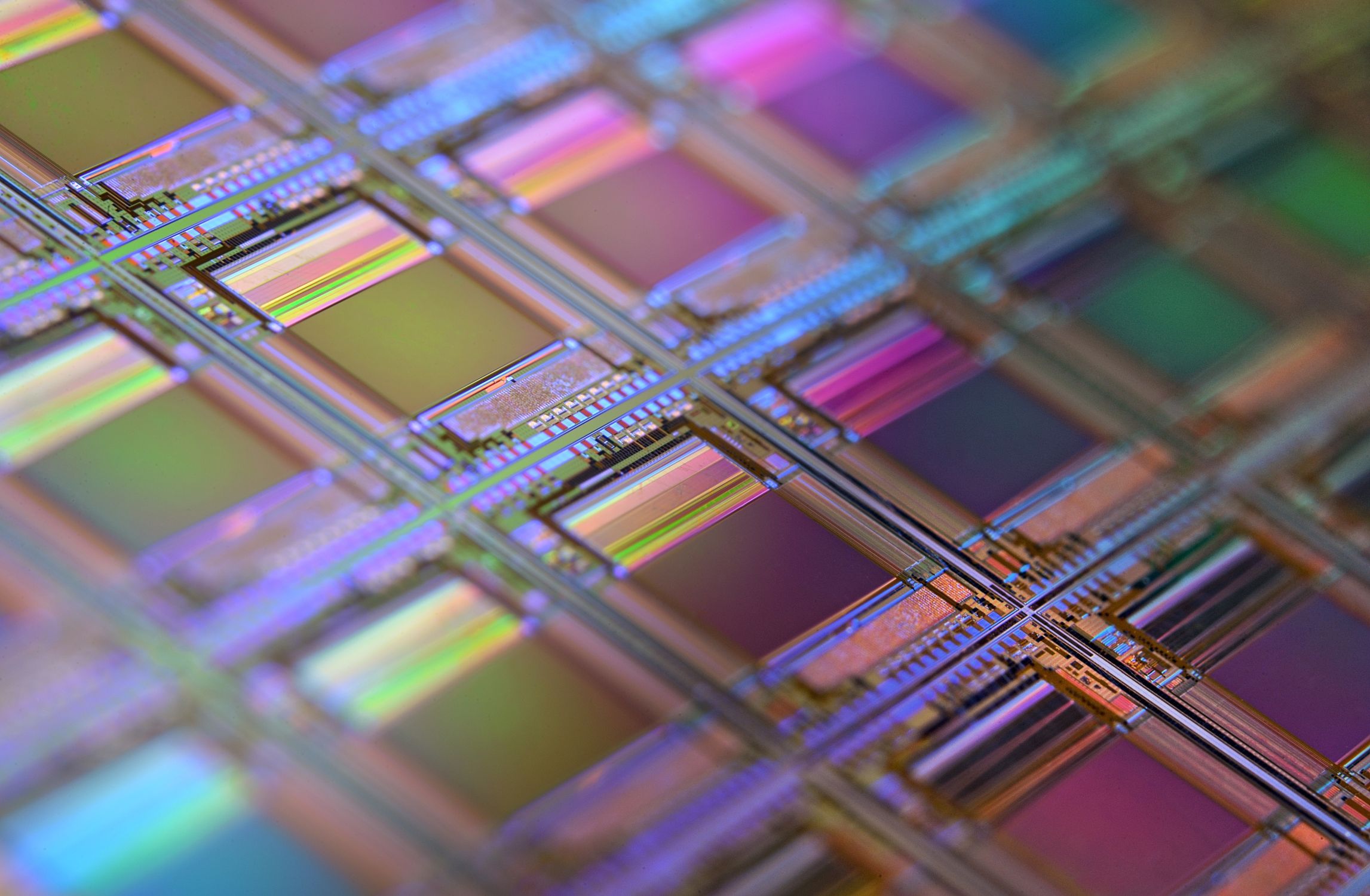Trillion-transistor chip breaks speed record
27. 11. 2020 | Tech Xplore | www.techxplore.com
The biggest computer chip in the world is so fast and powerful it can predict future actions "faster than the laws of physics produce the same result."
That's according to a post by Cerebras Systems, a startup company that made the claim at the online SC20 supercomputing conference this week. Working with the U.S. Department of Energy's National Energy Technology Laboratory, Cerebras designed what it calls "the world's most powerful AI compute system." It created a massive chip 8.5 inch-square chip, the Cerebras CS-1, housed in a refrigerator-sized computer in an effort to improve on deep-learning training models.

CS-1, powered by 1.2 trillion transistors, performed at 200 times the speed of a Joule supercomputer in a simulation of powerplant combustion processes. Cerebras said the chip's performance cannot be matched by current supercomputers regardless of the number of CPUs and GPUs they house. The Joule uses Intel Xeon chips with 20 cores each, a total of 16,000 cores. Cerebras accomplished the task in 28 microseconds. The chip is composed of 84 virtual chips along a single silicon wafer and 4,539 computing cores, which means there are effectively 381,276 computing cores to tackle mathematical processes in parallel. Packed with 18 GB RAM, the cores are connected with a communications fabric called Swarm that runs at 100 petabits per second.
Read more at Tech Xplore
Image Credit: Unsplash
-jk-




